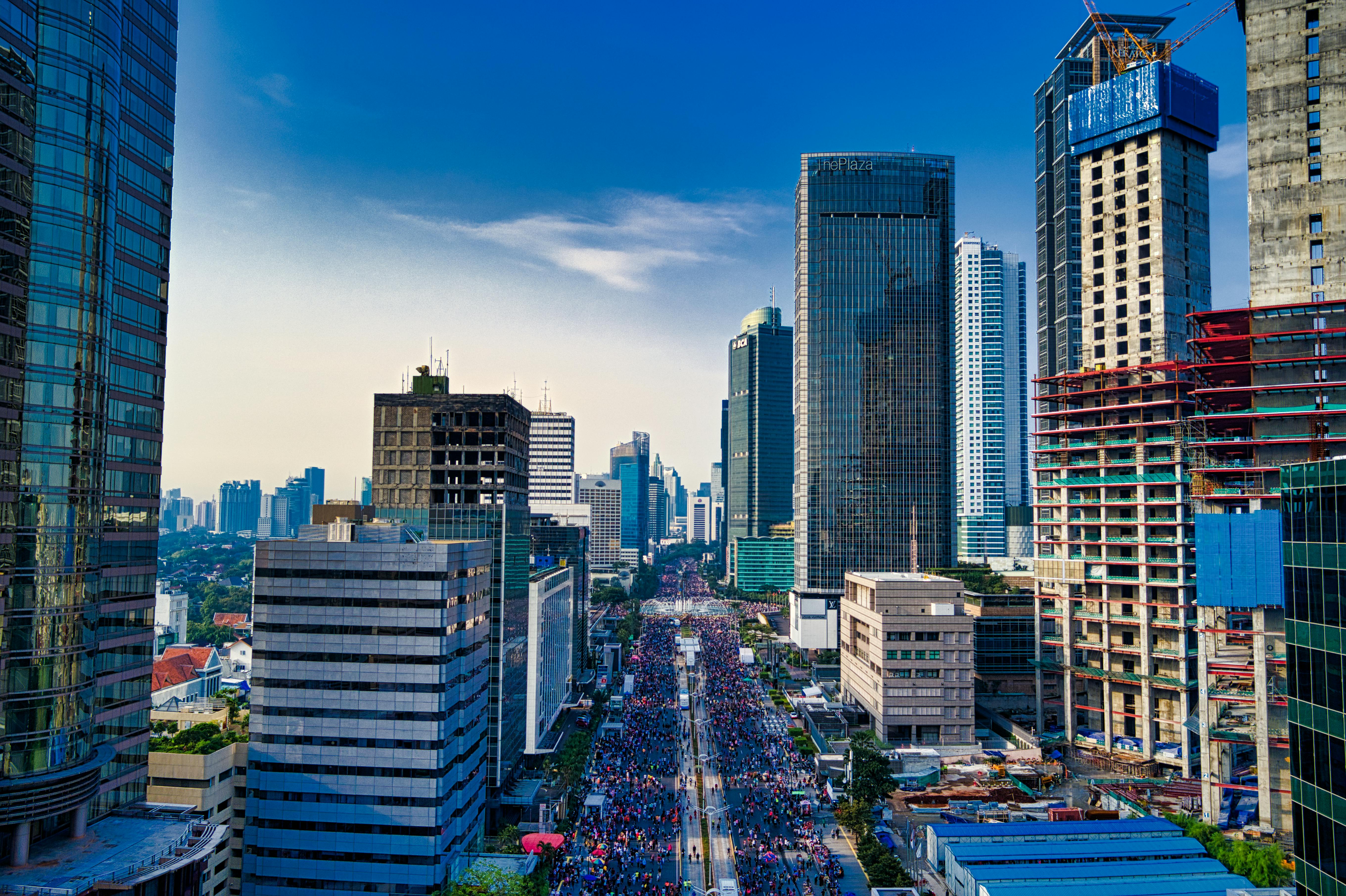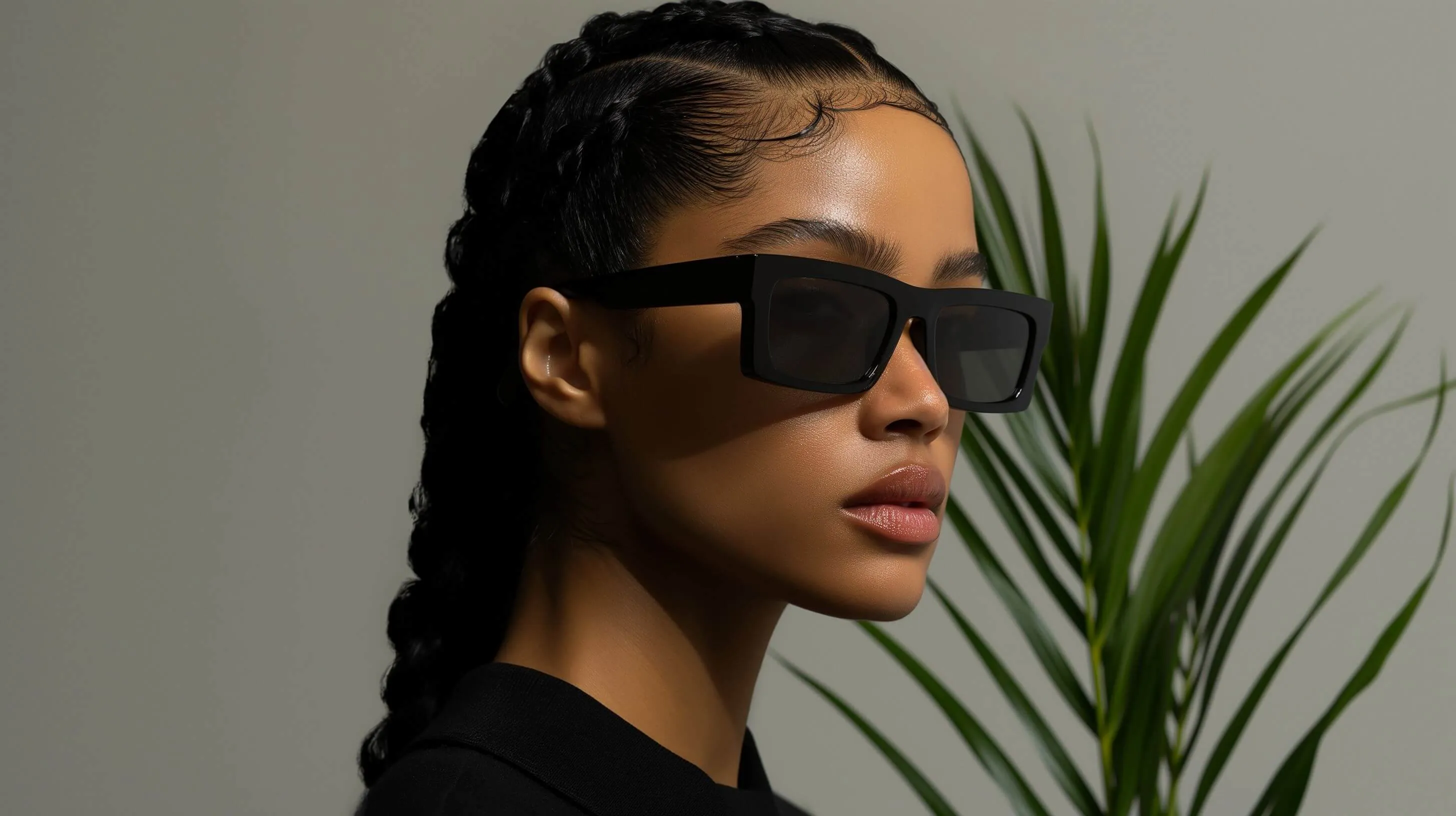Last month I calculated how much I spent on work clothes in a year.
$2,847.
For stuff I barely wear anymore because trends changed or things fell apart after three washes.
Yikes.
So I did what any slightly obsessed person would do - I interviewed my most put-together friends, stalked successful women on LinkedIn, and basically became a detective of good workplace style. Turns out, building a work wardrobe that doesn't drain your bank account is totally doable.
You just need to know which pieces are actually worth investing in.
The Real Cost of Cheap Work Clothes
Here's what nobody tells you when you're building a professional wardrobe.
That $30 blazer from fast fashion? You'll replace it three times before the year ends. The seams pucker. The fabric pills. The shape goes weird after one dry clean.
I learned this the hard way.
Meanwhile, my friend Sarah bought one good blazer five years ago. Still looks brand new. She's basically paid $40 per year for it at this point.
The math actually makes sense when you think long-term.
The Five Pieces Actually Worth Your Money
1. The Perfect Blazer (Budget: $150-300)
Okay, this one changed everything for me.
A well-fitted blazer makes you look like you have your life together even when you definitely don't. I wear mine with jeans for casual Fridays, over dresses for presentations, with trousers for important meetings.
It's literally done more for my career than my actual resume.
What to look for: structured shoulders, quality lining, natural fibers like wool or cotton blends. Try it on and move around - if it restricts you, keep looking.
Pro tip: Hit up sample sales or outlet stores. I got my Theory blazer for $180 instead of $450.
2. Classic Black Trousers (Budget: $80-150)
I used to buy new work pants every few months because they'd stretch out or fade.
Then I invested in one really good pair.
Game changer.
Look for ponte or structured knit fabrics that hold their shape. Avoid anything too trendy - you want these to work for years, not just this season. And please, get them tailored. That $15 hem adjustment makes a $100 pair look like $500.
Trust me on this.
3. Quality Button-Down Shirts (Budget: $60-120 each)
You need like three good ones, max.
White, light blue, and maybe a subtle stripe. That's it. Those cheap ones that go see-through after two washes? Not worth it. You'll spend more replacing them than just buying quality upfront.
I finally splurged on proper cotton shirts and wow - they actually stay tucked in, don't wrinkle into oblivion, and look professional in video calls. Which matters now that half my meetings happen on Zoom.
4. The Work Bag That Does Everything (Budget: $200-400)
This was my biggest mental hurdle.
Four hundred dollars for a bag?
But here's the thing - you use it literally every single workday. My Dagne Dover tote has survived two years of abuse, still looks great, fits my laptop, and transitions from office to after-work drinks perfectly.
Meanwhile, I used to replace cheap bags every 6-8 months when handles broke or zippers died.
Do the math.
5. Comfortable, Professional Shoes (Budget: $120-250)
Your feet will thank you.
I used to buy cute shoes that destroyed my feet by noon. Now I invest in brands that actually understand comfort and style can coexist. Naturalizer, Cole Haan, Everlane - they make shoes that look professional and don't require emergency band-aids.
Two good pairs (one black, one nude or brown) beat ten pairs of shoes you can't wear for more than an hour.
Where to Save Money (Without Looking Cheap)
Not everything needs to be investment-level.
Seriously.
I buy basic tees and camis from Target or Uniqlo. Nobody notices the label on your undershirt. Same with accessories - costume jewelry from places like & Other Stories looks just as good as expensive stuff in most lighting.
Scarves, belts, simple jewelry - these are perfect places to follow current workplace style trends without committing serious money.
The rule? If it touches your skin all day or carries your weight, invest. If it's decorative or trendy, save.
The Shopping Strategy That Actually Works
Stop buying randomly.
I know, I know. But hear me out.
I started keeping a work wardrobe wishlist on my phone. When I see something I want, I add it and wait two weeks. If I still want it and it fits my existing pieces, I consider buying.
This stopped so many impulse purchases.
Also? Buy one quality piece per paycheck instead of five cheap things. You'll build a better wardrobe faster, and you won't have that "I have nothing to wear" feeling despite a full closet.
Been there, done that, learned my lesson.
Making It Work With Your Actual Budget
Look, I get it.
Not everyone can drop $300 on a blazer right now. That's totally valid. But you can still build a quality work wardrobe over time.
Start with one investment piece every few months. Maybe that aligns with your salary negotiation success or a bonus. Or maybe you sell some stuff you don't wear and put that money toward something better.
I also love Poshmark and ThredUp for finding investment brands at fraction of retail. Got a $400 MaxMara blazer for $120. It's barely worn and looks incredible.
Patience is honestly your best friend here.
The Cost-Per-Wear Mindset
This changed how I think about everything.
Instead of focusing on the price tag, I calculate cost-per-wear. That $200 blazer I wear twice a week for a year? That's like $1.92 per wear.
Meanwhile, that trendy $50 top I wore three times? $16.67 per wear.
Wild, right?
This mental shift made it so much easier to justify buying quality. Plus, knowing I'm building a wardrobe that'll last makes the whole financial freedom journey feel more achievable.
Less money wasted on clothes that fall apart means more money for things that actually matter.
Building Your Capsule Work Wardrobe
Here's what I wish someone told me years ago.
You don't need 50 pieces. You need like 15-20 really good ones that all work together.
My current rotation:
- 2 blazers (navy and grey)
- 3 pairs of trousers (black, grey, navy)
- 3 button-downs (white, blue, stripe)
- 4 shells/camis in neutral colors
- 2 dresses that work for meetings
- 1 quality work bag
- 2 pairs of professional shoes
That's it.
Everything mixes and matches. I can create like 30 different outfits from these pieces. And because everything is quality, I actually look more put-together than when I had a closet bursting with cheap options.
Less really is more here.
When to Splurge vs. Save
After two years of trial and error, here's my breakdown.
Splurge on: blazers, trousers, coats, bags, shoes you wear daily, anything tailored.
Save on: basic tees, trendy pieces, accessories, things you can easily replace, seasonal items.
I also think about my professional networking situations. If I'm meeting potential clients or attending industry events, I invest more. For regular office days? My mix-and-match basics work perfectly.
Context matters.
The Maintenance Factor Nobody Mentions
Quality clothes last longer, but only if you take care of them.
Real talk? I used to throw everything in the wash and dryer. Then I wondered why my nice clothes looked terrible after a month.
Now I actually read care labels. I hang-dry my good pieces. I get things tailored when they need adjustments. I rotate my shoes so they last longer.
Sounds like extra work, but it's honestly just habit now. And my clothes look newer for way longer, which means I'm not constantly replacing things.
Win-win.
The Confidence Factor
Here's something I didn't expect.
When I started wearing better-quality work clothes, I felt different. More confident. More professional. Like I actually belonged in those important meeting rooms.
It's not just about looking good - though that helps. It's about knowing your blazer won't gap weird during a presentation. Your trousers won't lose their shape by lunch. Your shoes won't make you limp by 2pm.
That mental space matters more than I realized.
Making the Switch
You don't have to overhaul everything tomorrow.
Start small. Pick one investment piece that'll make the biggest difference in your wardrobe. For me, it was the blazer. For you, it might be shoes or a good bag.
Buy that one thing. Wear it. Notice how much better it feels.
Then slowly build from there.
I promise, six months from now, you'll look back and wonder why you didn't do this sooner. Your wallet will thank you. Your confidence will thank you. Your feet will definitely thank you.
And honestly? You'll probably start getting more compliments on your style.
Not because you're spending more money - because you're spending it smarter.















Comments: